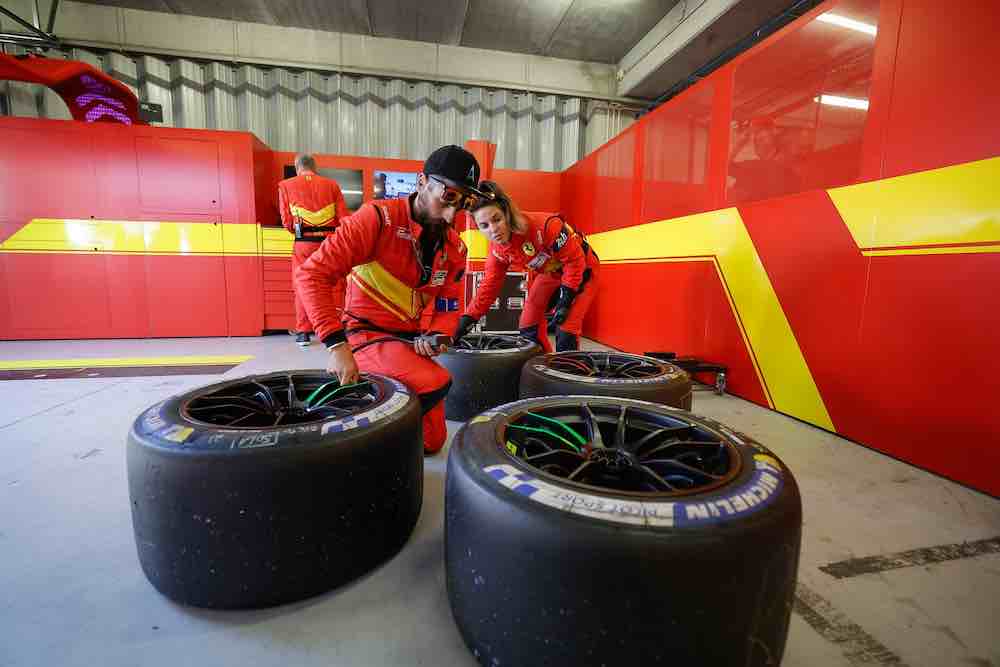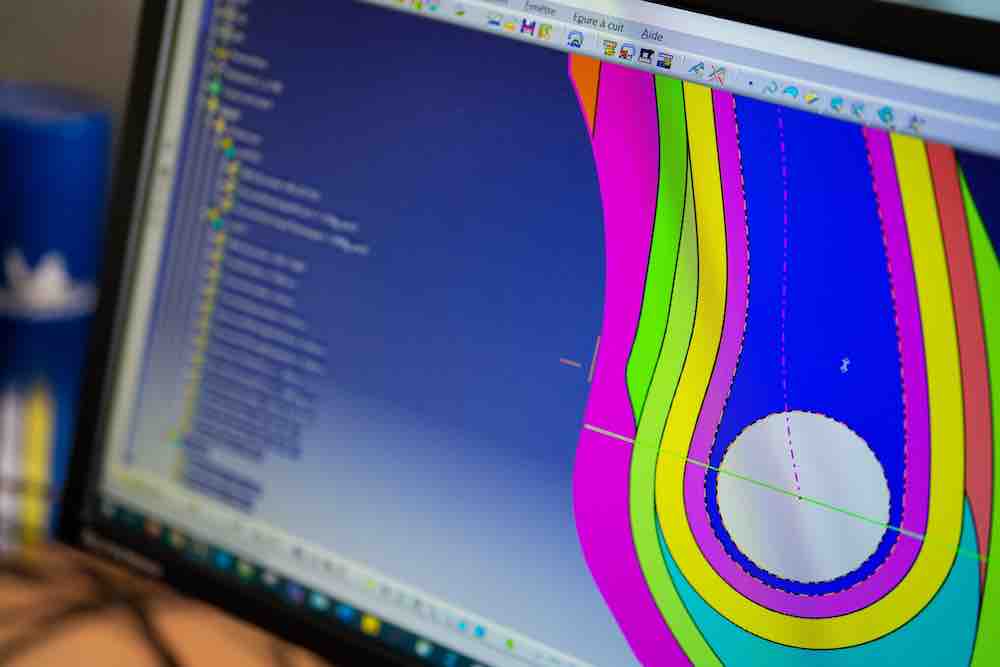The simulation per Michelin it is becoming one instrument essential. Mostly development of the tyres and competitionboth for those of serie. Il 100% of the Hypercars of the 24 Hours of Le Mans will be equipped with tires developed entirely with simulation software.
Simulation at the service of the automotive industry
This technology is also a cornerstone of the relationship with car manufacturers. Essential for the development of high performance sports tyres, intended for original equipment.
Thanks to mathematical modeling of the tire, the simulator makes it possible to identify the most suitable dimensions and technologies for the new vehicle based on its characteristics and weight distribution.
 Michelin: simulation a cutting-edge tool for tire development, press office source
Michelin: simulation a cutting-edge tool for tire development, press office source
This new instrument is based ondata processing by the most advanced mathematical algorithms and allows a Michelin to consolidate its position as a technology leader as a data-driven company.
By accelerating innovation for racing – and for mobility in general – the simulator allows to better support partners and manufacturers, reduce the environmental impact of research and development and obtain real and concrete savings compared to longer and traditional development cycles .
Michelin, the simulator helps to better develop the tire process
In practical terms, the simulator allows you to reproduce dynamic reality through the interaction of three digital models: the first faithfully reproduces the characteristics and grip of the circuits, the second which represents the chassis of the vehicle (or the complete vehicle) and the last to simulate the behavior of the tires in detail. At the wheel of a simulator, the driver is able to test different types of tires in all possible configurations.
To complete the process, the subjective sensations and pilot feedback are integrated with objective measurements provided by the simulator, on which drivers perform just as they would in a real car or on a real track.
Adapting to this digital revolutionalso the profession of the pilot has profoundly evolved. At the same time, young drivers are developing driving skills on the circuit and on the simulator: knowing how to build bridges between the virtual and reality is now a priority.
 Michelin: simulation a cutting-edge tool for tire development, press office source
Michelin: simulation a cutting-edge tool for tire development, press office source
Michelin, acquisition of Canopy Simulation, world leader in lap time simulation
Buy with Amazon Prime, it’s free for 30 days
It is in this context that Michelin has just acquired the British company Canopy Simulation, world leader in lap time simulation. Canopy offers one of the most sophisticated simulation software on the market. Its system, hosted on a cloud platform, combines circuit, car and tire models with a highly advanced “trajectory simulator”, which reproduces the behavior of an “ideal virtual driver”.
The applications of this solution are many, both in races and on the road:
- In motorsport, the ‘virtual driver’ will perform the most standardized tasks. For example, he will simulate the 4 hours of driving required to complete a stint at Le Mans and thus evaluate the consistency of the tyres.
- In the development of road tyres, it will allow car manufacturers to reproduce a variety of driver profiles, as well as different uses of the car and the tires themselves.
L’however, human beings keep the last wordsince the real driver has the possibility to approve the final specification of the tire and its correspondence with the vehicle in question.
 Michelin: simulation a cutting-edge tool for tire development, press office source
Michelin: simulation a cutting-edge tool for tire development, press office source
Michelin, a “data-driven company” pioneer in simulation
Introduced 30 years ago in competitions to process data collected in competitions and generate predictionsmathematical simulation software first evolved in the early 2000s. A further evolution occurred in 2005 – at the time of Michelin’s involvement in Formula 1 – when the Group took the step of making its tires virtual “dynamic”.
He team Michelin’s R&D he then decomposed the tire, creating an independent mathematical model for each element of its structure. Meanwhile, the brand new Tame Tire thermodynamic software from Michelin allowed these different elements to interact, reproducing the deformations and the effects of temperatures on the materials and on the inflation pressure.
Since, Tame Tire it has continued to evolve and is constantly improved thanks to the data collected during the races so, today, Michelin’s unique expertise in mathematical data processing puts it one step ahead in tire modeling and simulation.
















Leave a Reply
View Comments